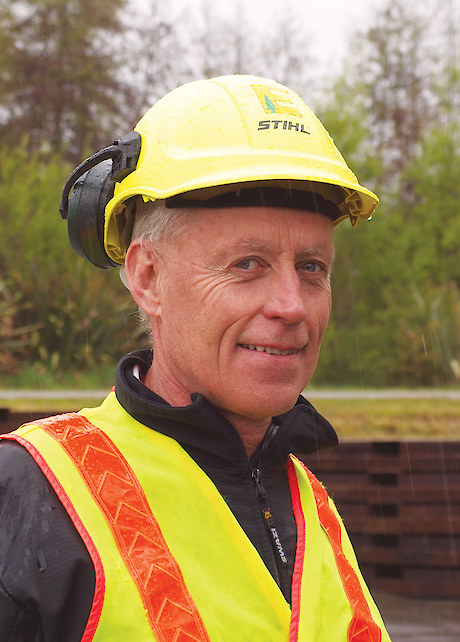 Peter WeirThe NZ Forest Owners Association (FOA) is strongly committed to assisting its members to achieve the highest standards of plantation forestry practice. This commitment is underpinned by the provision of quality publications such as the New Zealand Forest Road Engineering Manual. First published in 1999 by the former Logging Industry Research Association (LIRA), it was later revised in 2012. This 2020 edition is a substantial review of that revision.
Peter WeirThe NZ Forest Owners Association (FOA) is strongly committed to assisting its members to achieve the highest standards of plantation forestry practice. This commitment is underpinned by the provision of quality publications such as the New Zealand Forest Road Engineering Manual. First published in 1999 by the former Logging Industry Research Association (LIRA), it was later revised in 2012. This 2020 edition is a substantial review of that revision.
The Manual is a well-used reference for forest roading supervisors, harvest planners, forest roading engineers, and forest managers and owners. However, an industry survey in 2018 identified that some of the content needed to be updated and improved.
In this 2020 edition, the Manual introduces new materials and methods, and updated construction techniques. Three chapters have been rewritten: Consents and Approvals (Chapter 2), Erosion, Sediment and Slash Control Structures (Chapter 7) and River Crossings (Chapter 8). Planning for landings (Chapter 4) is a new chapter, and complements the revised Planning for Roads (Chapter 3).
Much of the substantive change is due to the National Environmental Standards for Plantation Forestry (NES-PF) becoming law in 2018. It provides a nationally consistent set of regulations to manage the environmental effects of plantation forestry activities, and creates rules around many of the forest engineering activities in this Manual.
The FOA encourages those who use this Manual to do so in conjunction with other FOA publications. These include the companion NZ Forest Road Engineering Manual Operators Guide, and the recently released suite of FOA Forest Practice Guides. In doing so, roading infrastructure will be fit for purpose and meet the industry’s high environmental standards.
The FOA thanks all those involved in the revision and update of this Manual.

Peter Weir
President
NZ Forest Owners Association
The New Zealand Forest Road Engineering Manual is published by the NZ Forest Owners Association and is supported by the Forest Growers Levy Trust and the NZ Farm Forestry Association
